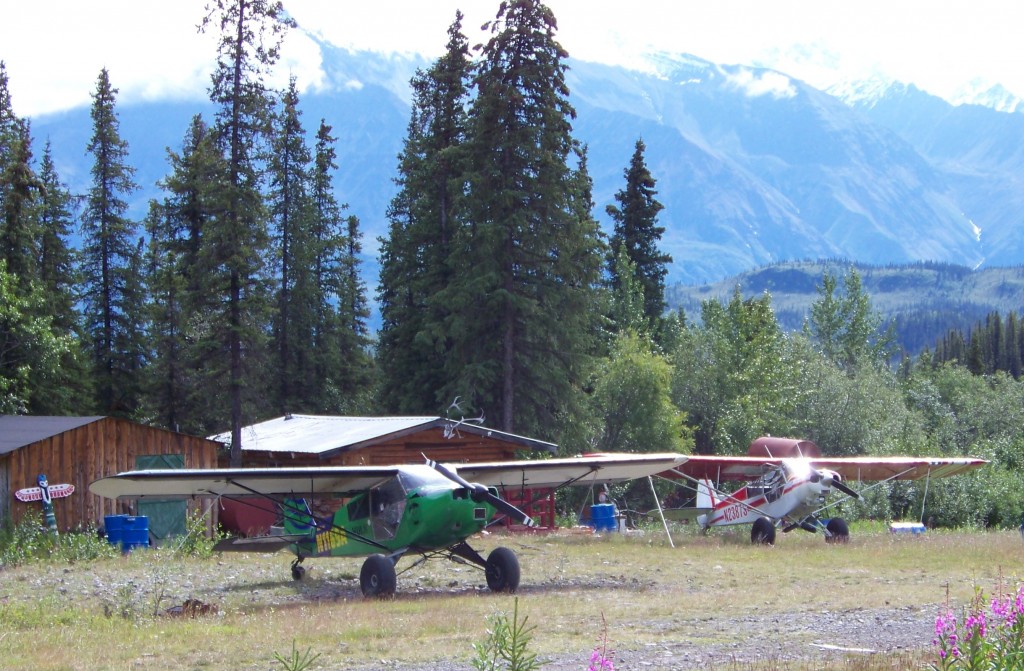
By Karla Fetrow
Those Multi-Tasking Pilots
Alaska was a strange place to grow up during its pioneering days. Of course, we didn’t think it was strange. My parents settled here in the aftermath of the Second World War, and for all our worldly experience, we assumed our lives were perfectly ordinary.
Extraordinary circumstances seem to breed extraordinary people. Our ordinary was a tent city that roughed it out in a climate that often had weeks of below zero weather. It was breaking through a foot of ice to dip drinking water and spending the night throwing everything you could find into a tin lizzy to keep everybody warm until morning.
Among the extraordinary were the Alaskan bush pilots. The bush pilots did far more than fly small planes. They were like the Coast Guard of the skies, monitoring the safety of others. They were the ones who picked climbers off the mountains when they ran into foul weather and joined search and rescue operations for other downed pilots. They were the postal service and deliverers of food and goods to remote villages, the air taxi, the hunting guides, and sometimes just a good will voice on a lonely night.
The bush pilots were the life line to the tiny communities that sprang up in the years following World War II. Cut off from the outside world, with thin electrical lines that didn’t always stay powered and didn’t connect everyone, the bush pilots were the news and communications with others. For Beverly, a certain bush pilot, who she never met in person, became the highlight of her evenings.
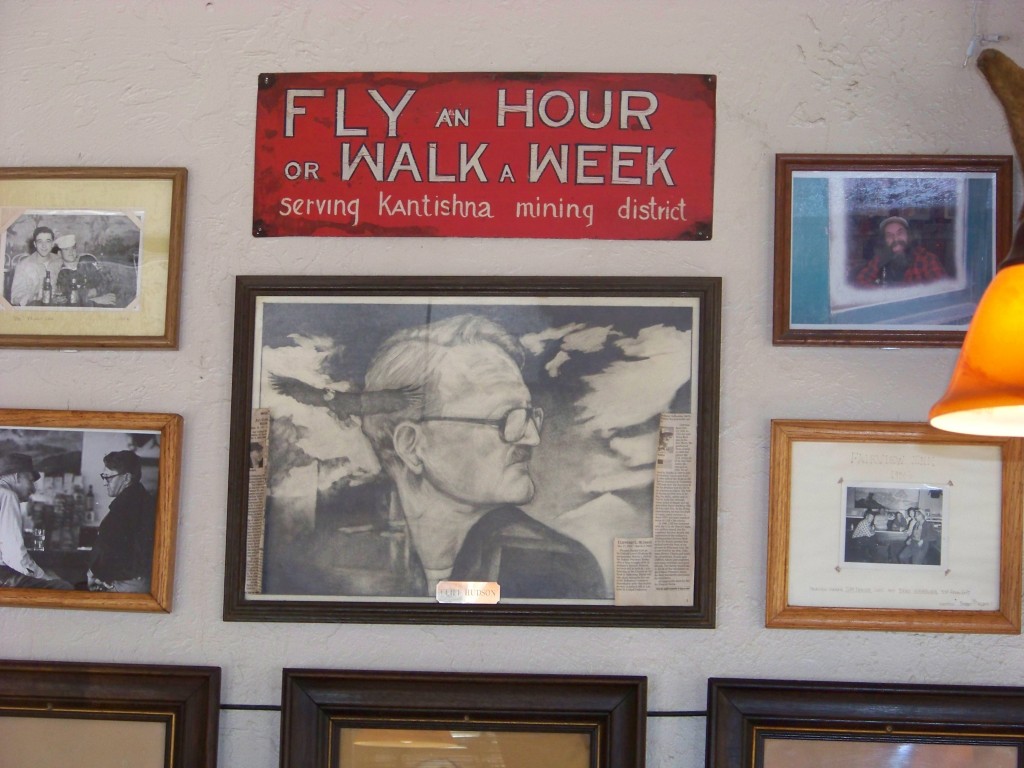
A young nurse with a keen sense of adventure, she jumped at the chance to be assigned a position in Barrow, where she would work with a staff of three others in a barracks styled first aid clinic. For those who are rusty with their Alaskan geography, Barrow is located at the far northern tip, the last solid piece of land before entering the Arctic ice cap. It’s noted for its oil fields, walrus, Polar Bears and an Inuit village. It was noted for much the same things at the time she was transferred there, except not many people knew about the oil.
The Barrow of today has power lines, shops and entertainment. The Barrow she entered had very little of anything. The community of two thousand people spent a large part of their time hunting, whaling and drying fish. Furs were hand sewn into clothing, ivory was carved into beautiful objects, with the small, splintered pieces shaped into sewing needles. Entertainment consisted of games and music, with story telling woven into each gesture and movement of their dances. The bush pilots flew low overhead, dropping packages, or sometimes rolling to a stop on an icy runway to unload supplies and pick up or drop off passengers.
Beverly blended well with the tiny community. She was an efficient nurse, although her nursing services weren’t often needed, giving her plenty of time to learn the customs of the village. She loved to hunt and fish. She became a member of the community, joining the celebrations and festivals. She shot to momentary fame by becoming the first white woman to bag a Polar Bear on the Arctic tundra.
But her favorite time was in the evening when she monitored the radio control station. Each night, a single bush pilot flew overhead who identified himself only as Bob.
Bob made it his crusade to check up on the village and the well-being of the nurses. As he flew in close enough to make contact, his first greeting was, “how is my beautiful woman today?”
There would then follow a lively conversation in which they’d both share the events of their day. Beverly would often play music in the background and they would pretend to dance and have drinks together.
Most of Bob’s stories were typical of a bush pilot’s life; flying heavy machine parts to remote bases in treacherous weather, landing on an ice field with a sputtering engine and picking up strange cargo. Cargo could be anything; a hunter’s trophy, somebody’s new bed, a soda dispenser, but the strangest cargo of all came the day he asked Beverly if she’d like to raise a Polar bear cub. She hesitated a moment, then laughed. “I don’t think we have the facilities for raising a bear.”
“Sure you do. You’re a nursing station. You can get anything the little guy needs.”
“I don’t think management would approve.”
“Well, that’s too bad because… ouch! I’ve got this orphaned cub with me and he’s currently intent on chewing my leg off.”
“Didn’t you put him in a cage?”
“I did, but he got out. He just tore through three crates of dry cereal, mangled the passenger seats and ate most of a twenty pound box of frozen fish. He’s got a lot of appetite. I think he now wants to eat my dashboard.”
“What are you going to do with him?”
“Oh, I’m taking him to Fairbanks. Apparently they have someone lined up to accept him into a zoo. That is, if he doesn’t eat my plane before I get there.”
Apparently, the bear did not finish devouring the plane before Bob arrived in Fairbanks. A few days later, he was once again calling into the nursing station, making sure all was well at the tiny clinic. Each night he promised Beverly he was going to land and have a real date with her, but he never did.
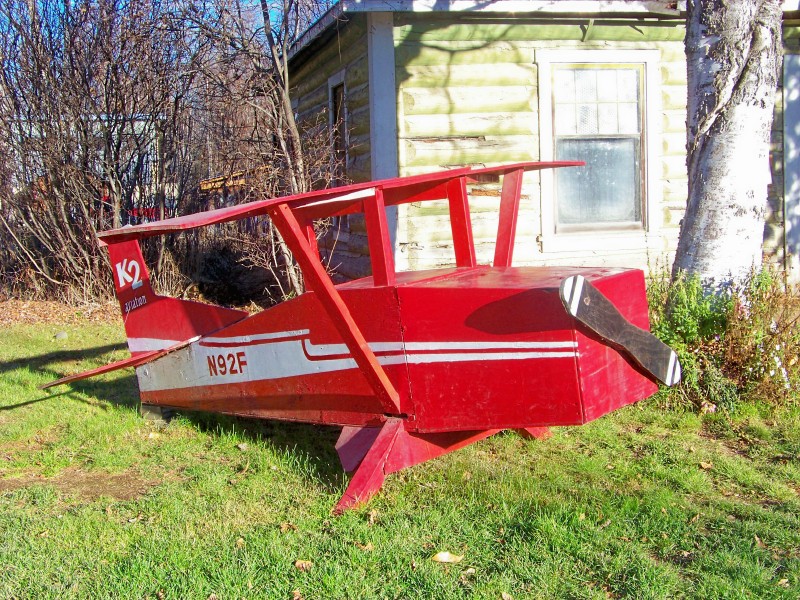
A Long Aviation History
No other place in the world has a higher percentage of aircraft per capita than Alaska. The hostile climate and vast expanses of wilderness may have a lot to do with this, but it might also have to do with its early introduction to aviation. Les than twenty years after the Wright brothers successfully flew their first engine powered machine, airplanes were introduced to Alaska.
When Noel Wien accepted a job piloting a biplane in Anchorage, he saw opportunity as well as a profound love affair with the rugged territory. His first stints were in giving passenger rides and performing air stunts, but flights for entertainment were too limited for his tastes. In 1924, he made the first aviation flight between Anchorage and Fairbanks, initiating his own career of record breaking accomplishments. He became the first to fly between Fairbanks and Seattle, from Fairbanks to Nome, and across the Arctic Circle, establishing the first round trip flight between Alaska and Asia, as well as becoming one of the first established airline companies offering passenger flights. In honor of his legendary achievements, Alaskans call him “the father of bush pilots”.
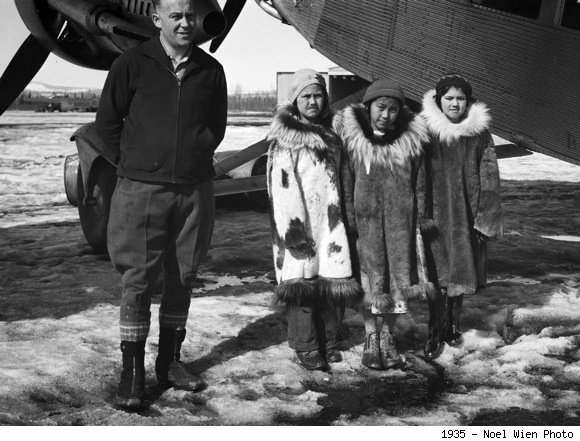 Wein wasn’t the only pilot breaking ground in Alaska’s early history. In that same magical year of 1924, Carl Ben Eielson, a World War I pilot, turned his aviation skills to Alaskan service. He manned the first mail carrier between Fairbanks and McGrath. The flight took him four hours, a distance that normally took twenty days with a dogsled team. Air mail had come to Alaska, and with it, air rescue.
Wein wasn’t the only pilot breaking ground in Alaska’s early history. In that same magical year of 1924, Carl Ben Eielson, a World War I pilot, turned his aviation skills to Alaskan service. He manned the first mail carrier between Fairbanks and McGrath. The flight took him four hours, a distance that normally took twenty days with a dogsled team. Air mail had come to Alaska, and with it, air rescue.
On October 24, 1929, Eielson received radio contact that a fur trading ship, the Nanuk, was stranded in sea ice between Cape North, Siberia and Alaskan waters. His rescue mission to save fifteen passengers and six tons of furs was thwarted when he hit stormy weather. Nobody is sure of exactly what caused the crash, whether he had flown too close to ground, burying a wing tip or the altimeter, which registered 1,000 feet when it was found, misled the pilot, but Eielson never made it to the rescue operation.
Any Kind of Weather
When talking about Gillam weather, you are referring to the worst kind of weather imaginable, when the skies seem more like a liquid mass rolled into wool blanket and tossed around by screeching winds holding a football game. Early Alaskans defined weather into three categories; Pan American weather when the sky was clear and visibility was unlimited, flying weather which meant if you could walk around in it, you could fly in it, and Gillam weather, when weather conditions that were so bad that only Harold “thrill ‘em, chill ‘em, spill ‘em” Gillam was willing to go out in it.
To Gillam, there was no such thing as bad weather. When the wild winds roared and the thick clouds poured their torrent of sleet and snow, other pilots waited for a break in it. Why take a chance with it? After all, “God’s plenty busy taking care of Gillam”.
Gillam was only twenty-six years old the day Eielson disappeared on his rescue mission. He hadn’t even received his pilot’s license yet, but he was still given permission to join the search party. Despite his inexperience, he was the first the first one to locate the crash site. Because of his daring, he probably would have gone on to become one of Alaska’s most notable pilots regardless, but the incident brought him instant fame.
in 1938, Gillam was awarded the contract for delivering mail between Fairbanks and twenty bush communities. He beat out Pan American, which had held the contract before him. Unlike the conservative airlines, he had a perfect record for delivering the mail on time. According to the US Postal Service, there was no better mail carrier of the era than Harold Gillam.
Unfortunately, his expertise on land was not as great as his expertise in the air. On January 5, 1943, he picked up five passengers in Seattle en route to Alaska. Just sixteen minutes from Ketchikan by air, his plane went down in a violent storm. It took nearly a month to find the survivors. One of the passengers had died in the crash, three were rescued, but there was no sign of Gillam.
They found his body later, frozen to death. Leaving the group, he had set out to find help, but had fallen into a creek. He had removed his clothing to dry but had failed to keep a fire going and perished from exposure.
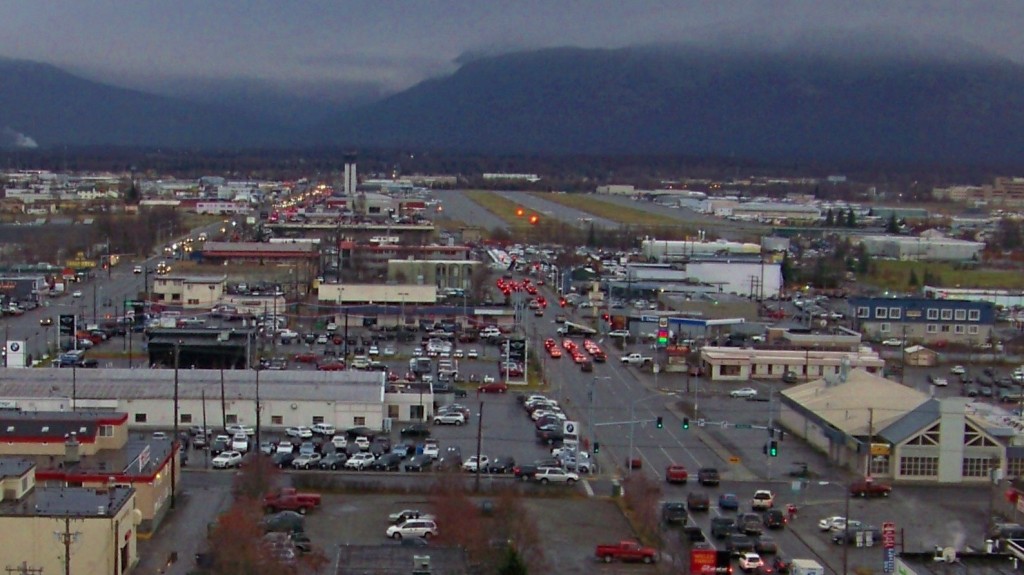
Alaska’s aviation history is amazing. It received its first airplanes in 1913. By the time Noel Wein arrived in Alaska, Anchorage was already on its way to becoming “the air crossways of the world”. Initiated by a businessman named Arthur A Shonbeck, a strip of land, located near ninth avenue was cleared of its brush and tree stumps to create a golf course/ airstrip combination. There, Wein spent his first years performing stunts for the entertainment of the local people.
Shonbeck however, visualized much more than an aeronautics show. In 1926, he organized the young city’s first airline, the Anchorage Air Transport Inc. His services included flying freight and passengers to remote villages. He hired a young adventurer named Russell Hyde Merrill as his first pilot.
Merrill began wracking up his own list of “first” in the wilderness territory. He made the first flight across the gulf of Alaska and in doing so, became the first commercial flight between Anchorage and Juneau. After failing to find an opening through Rainy Pass, he probed further south, discovering a second pass that opened a shorter, quicker route to the lower Kushkokwim area. This pass is now known as Merrill Pass.
Later that year, he received a radio message to airlift a teacher from Ninilchik who was near death from a gunshot wound. His return trip was during the evening. As he circled Anchorage during the night, trying to find the landing strip, the citizens began to realize his dilemma. By creating bonfires, and turning on the headlamps of their automobiles, they guided Merrill into the landing strip, making him the first airplane pilot to land at night.
On September 16, 1929, Merrill attempted to fly a heavily loaded float equipped Traveler to carry machinery parts into Bethel. It was to be his last flight. Some fishermen found pieces of his plane in the Cook Inlet, confirming he had crashed. The cause of the airplane failure was never determined, but the rapidly growing airport was christened Merrill Field in his memory.
By 1935, Merrill Field was busting out at the seams. A steel tower with a rotating beam had been constructed, and two runways, one going east-west and the other, north-south turned it into the largest airport in Alaska and one of the busiest in the world. But Anchorage was growing as quickly as the airport. The town grew up around the air strip, giving it no room to expand. By 1948, Congress authorized the procurement of lands for the design and construction of an International Airport.
It was believed with the giant, sophisticated airport, Merrill Field would die out. It didn’t. Instead, it became a major aviation facility and one of the largest flying schools under the American flag. By the 1950’s, Merrill Field’s activities had surpassed Los Angeles and San Francisco to become the number one small plane’s facility on the West Coast.
With Russia only forty miles away from its western borders, the importance of Alaskan aviation dawned on the military during the Cold War. Stated General Billy Mitchel, who is considered to be the father of the US Air Force, “Alaska is the most central place in the world of aircraft and that is true either of Europe, Asia or North America, for whoever holds Alaska will hold the world and I think it is the most important place in the world”.
By the early 1960’s, there was an average of one airplane for every four people. Senator Nick Begich visualized that air travel would be the most common mode of Alaskan transportation, rivaling the automobile. Begich died in a small plane crash on October 16, 1972, along with House Majority Leader, Hale Boggs.
Every town in Alaska has an airstrip, sometimes no more than a few hundred feet of gravel runway. Small plane travel is used for touring the fjords, for dropping skiers on the tops of mountains, for airlifting climbers and for transporting tourists for glacier dog sled experiences in summer. It continues to be the most vital source of transportation between remote villages.
One person out of every ninety-seven holds a pilot’s license in Alaska, three times more than the next highest percentage per state. Eighty percent of Alaska can only be accessed through air travel. It’s doubtful Alaskans want to hold the world, but they do find their air ties with their neighbors important. Without the bush pilots, many of the communities would be isolated, rescue operations would be limited and a vital source of communications would be lost. The bush pilots are among the greatest of Alaska’s unsung heroes. They brave the most adverse weather conditions to maintain the lifeline between the communities. If the cowboy dreams of dying with his boots on, the Alaskan bush pilot is content to die with his plane.

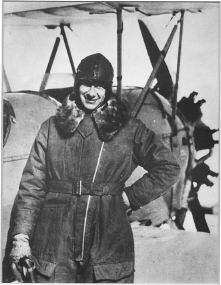
[…] The Incredible Alaskan Bush Pilots Our ordinary was a tent city that roughed it out in a climate that often had weeks of below zero weather. It was breaking … Most of Bob's stories were typical of a bush pilot's life; flying heavy machine parts to remote bases in treacherous weather … Read more on Subversify […]